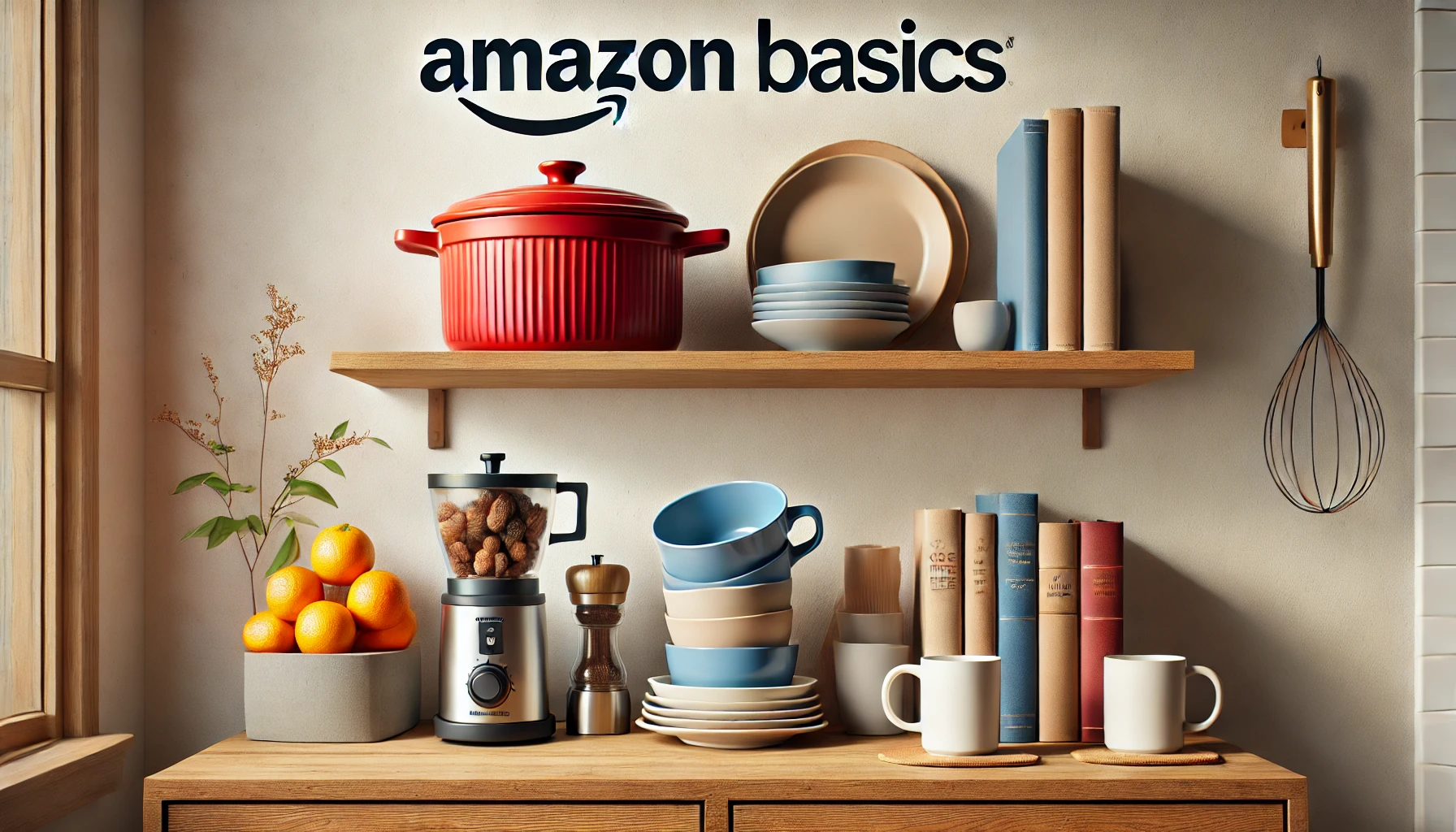
Navigating Safety and Compliance Challenges on Amazon
The U.S. Consumer Product Safety Commission (CPSC) recently issued a final order to Amazon, mandating stringent remediation plans for hazardous products found on the platform….
Blogs | July 10, 2020
Amazon to Reveal Seller Details on September 1, 2020
Well, this has been a customer-friendly change long overdue — Amazon US has finally announced that it will begin displaying seller information on its seller profile pages as of September 1, 2020. While this is a welcome change in policy for the US business, readers should note that this has been the norm for Amazon’s operations in Europe, Mexico, and Japan for a number of years.
We expect communication with sellers to remain locked behind Amazon’s system, and any support directly from Amazon will continue to be managed through Brand Registry. This is just a change in its seller information policy — not takedown or brand protection. Remember… Amazon has always had this information, they’re now just feeling the pressure from multiple directions that displaying it gets them out of some difficult conversations with regulatory bodies in the US.
Why is this happening?
Amazon’s marketplace has increasingly been under the microscope during the COVID-19 crisis for sellers participating in price-gouging behavior which became illegal once a state of emergency was enacted in the US. Hot on the heels of Amazon launching its counterfeit crimes unit as well as 3M suing a major rogue seller price gouging N95 masks during the initial COVID-19 crisis – the timing of this announcement comes after a succession of multiple steps taken by Amazon to show it is putting in place systems to tackle rogue behavior on its platform.
Amazon has always been a customer-first business (which often puts it at odds with suppliers!). Ensuring that the authenticity and trust of its marketplace remain high is crucial for its continued success.
What are the watch-outs?
Expect Amazon to provide more clarity on the actual seller requirements as the September 1 date approaches. As this is written, Amazon will allow sellers to update information but does not always require verified information during sign up. Large sophisticated sellers will likely use this as an opportunity to go further underground under shell companies and P.O. boxes.
There are hundreds of comments from sellers in the Amazon Forums portal voicing concerns about the security of Amazon disclosing home addresses of individual sellers. Amazon does not require sellers to have a business entity and requiring individuals to register as a business would likely get push back, be bad PR for Amazon, and give them a disadvantage over eBay, Etsy, and Facebook marketplace, which do not require a business be set up to sell.
What Brands Should Do:
FAQ:
Is this something new to Amazon?
Seller information was already required in certain Amazon regions including Mexico, Japan, and the EU. It is important to note that this change is just for brands and customers’ ability to see this data — Amazon has always had this information. Up until now, many brands have had to use the costly legal route to subpoena these records from Amazon itself to unmask those sellers. This change should render that methodology unnecessary.
Those brands using POTOO’s analytics platform will already have access to this data which has been compiled across all Amazon platforms and tie sellers across all platforms they sell on to help track multi-marketplace and cross-border sales.
Will this identify all sellers accurately?
Amazon is currently allowing sellers to self-update information vs. use verified information during storefront registration. We expect Amazon to provide more clarity on this to sellers ahead of September 1. Even if the information is required to be verified, sellers can register and mask businesses at P.O. boxes, and also start to register their operations in other countries while still selling into the US market.
POTOO expects this policy change to primarily impact smaller sellers or retail arbitrage/promotion flippers who may not want their home addresses shown or go through the hassle of setting up a business entity. Large, professional, and sticky/nefarious sellers may further entrench underground.
We have set up a tracking protocol that will see seller information changes between now and September 1 — this will allow our brand partners to see which sellers have updated their information. Your account managers can provide this information the week of September 7th.
How does seller information help me control my brand?
This seller information has been available in Europe, Japan, and Mexico for a number of years and has had little effect on Amazon proactively controlling sellers on behalf of brands. Brands will still need to leverage Brand Registry — Amazon’s portal for escalations and reporting of violations. Amazon takes no action based on distribution, pricing, or seller identity (Amazon has had this seller information all along). Sellers need to be prioritized by the impact they are having (sales price, sales dollars, inventory, etc.) then violations are found and escalated.
How will this help brands?
This increase in seller information will boost the brand’s ability to communicate with sellers via physical letters. Email and telephone are not required to be disclosed and the Amazon Buyer-Seller communication portal has limitations.
How will this impact my ability to cut off sellers?
For any of our brand partners — we encourage you to reach out to your account manager with any questions.
For those interested in how POTOO can help you track, identify, and protect your brand – please book a free diagnostic here.

The U.S. Consumer Product Safety Commission (CPSC) recently issued a final order to Amazon, mandating stringent remediation plans for hazardous products found on the platform….

Exciting news at POTOO! ✨ We’re thrilled to officially welcome Jennifer Elmashni our newly appointed President. Jennifer is a true eCommerce powerhouse, and we’ve had…

Amazon’s private-label brand, Amazon Basics, has transformed the e-commerce landscape since its inception. Known for its affordability and wide range of products, from home essentials…